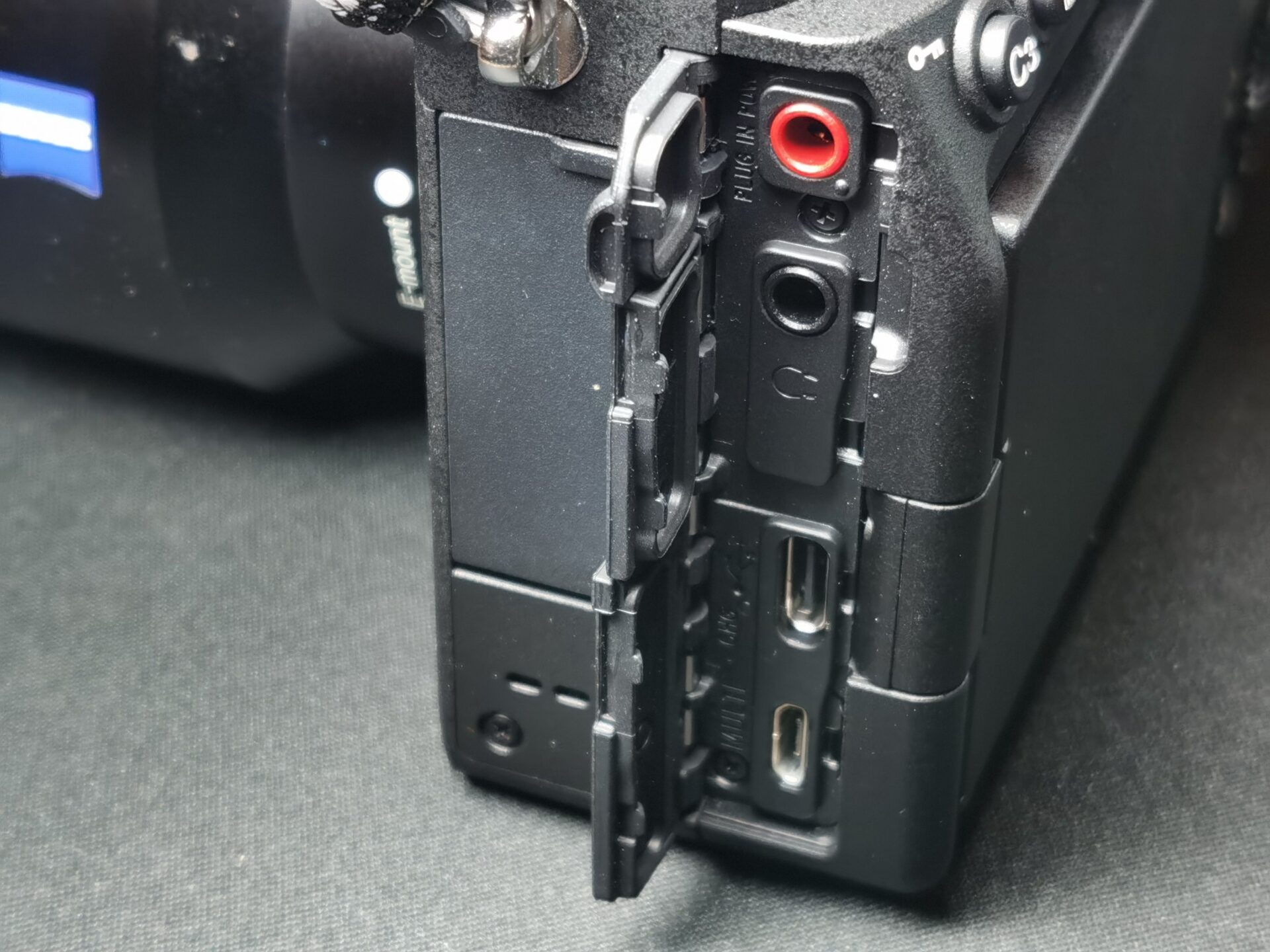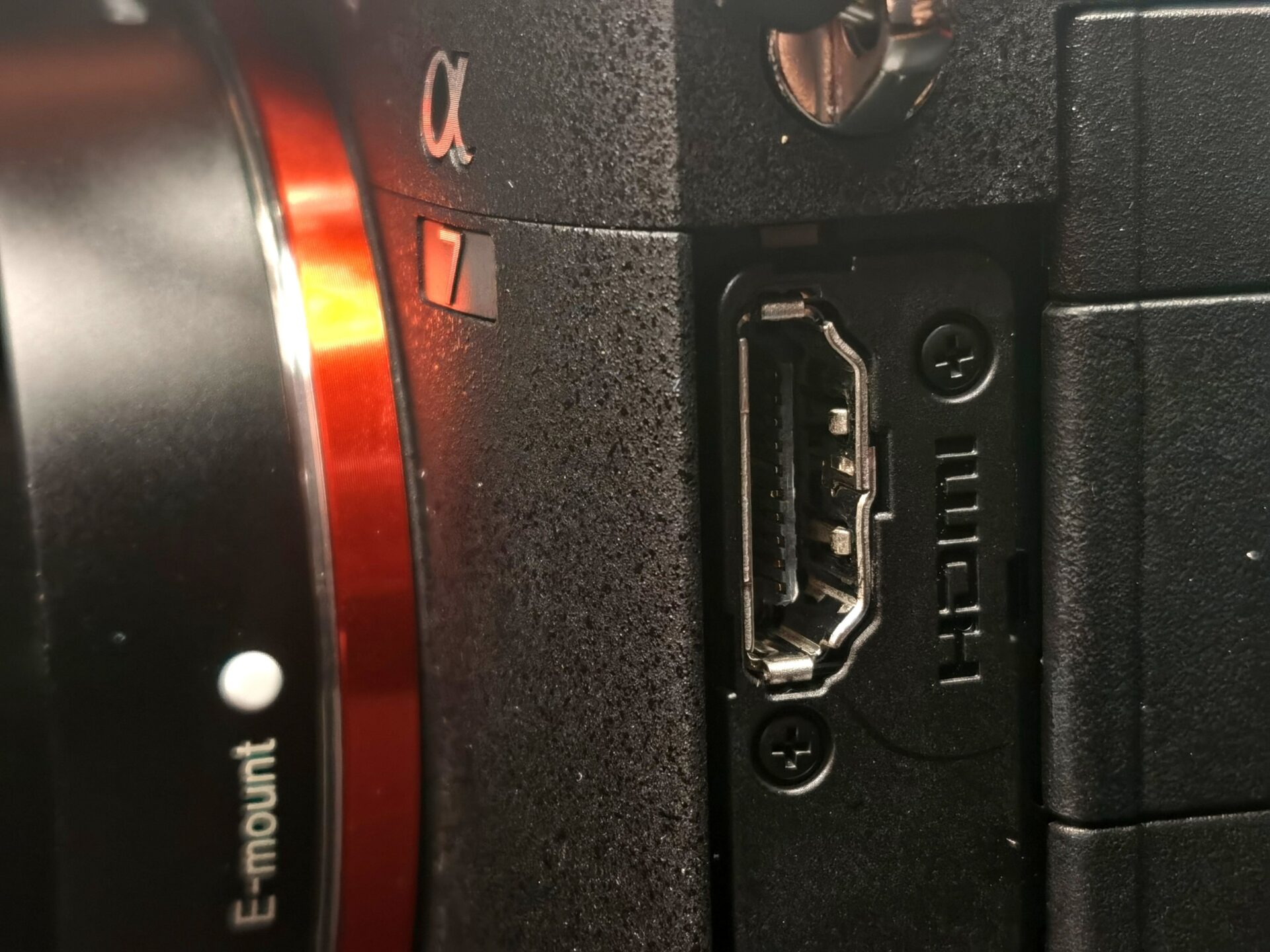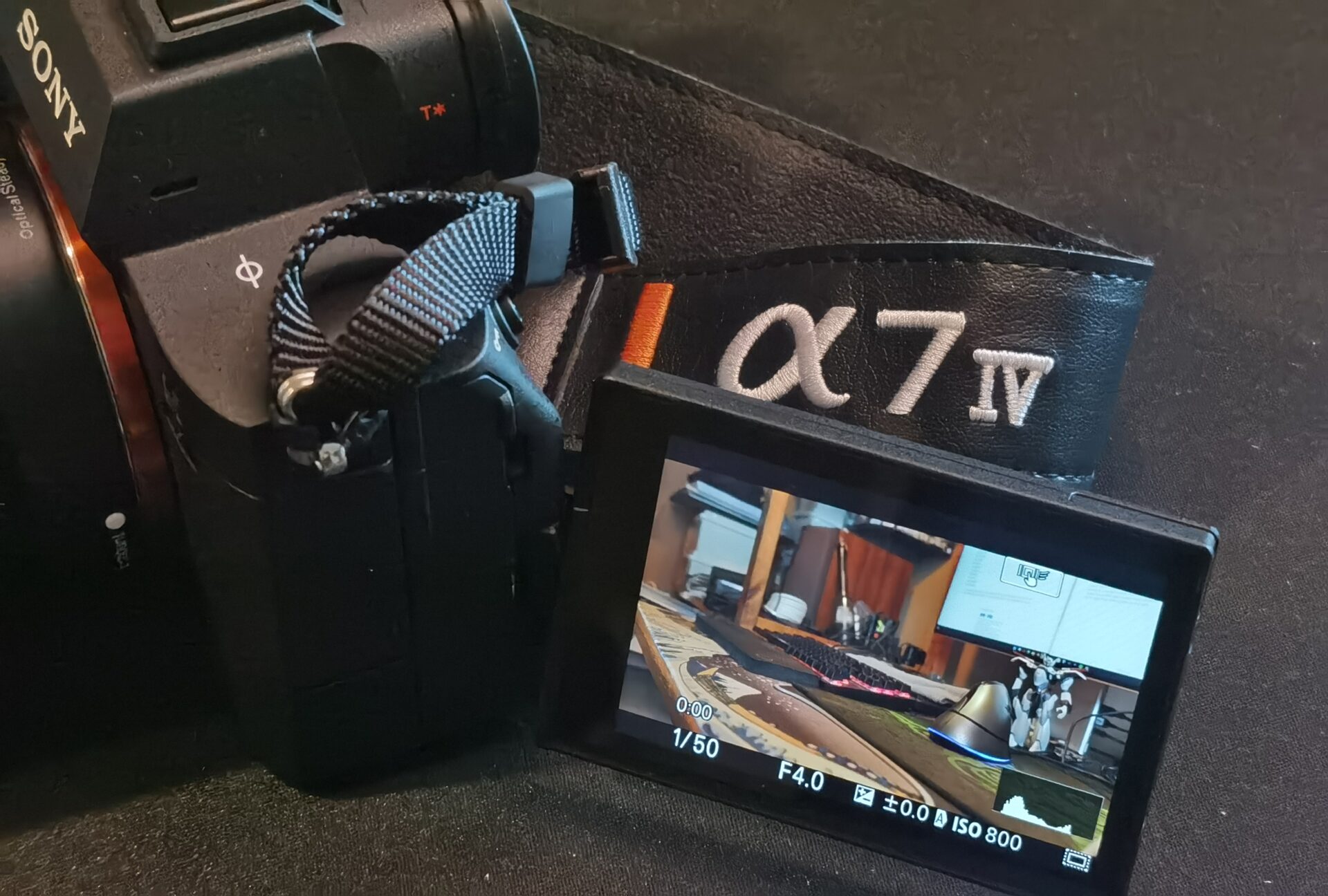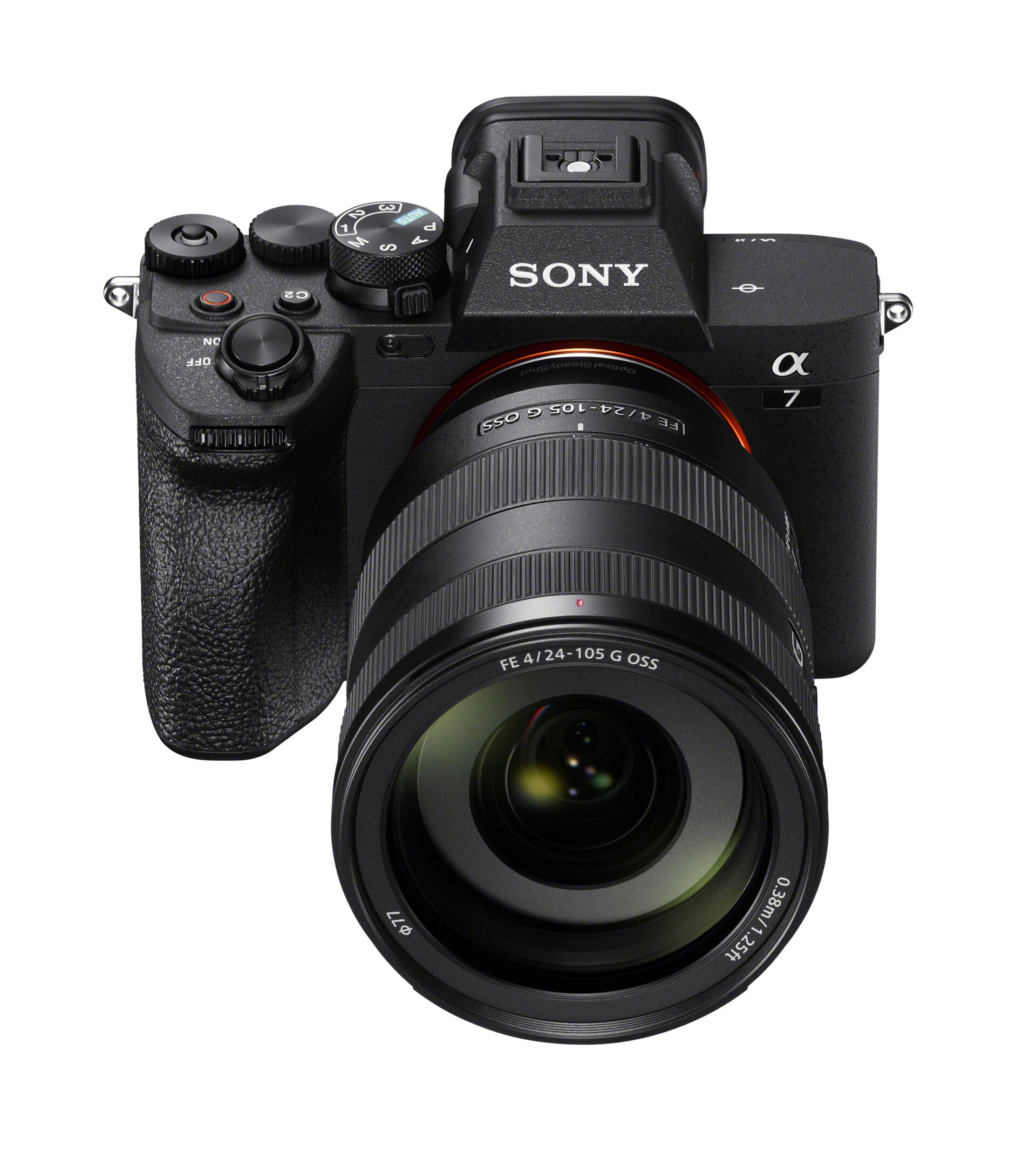
The Sony Alpha 7 Mark IV. PHOTO: Handout
Sony has been giving consumers very capable mirrorless cameras over the last few years. The Alpha 7 Mark III was a camera that almost got everything right. Now, the new Sony Alpha 7 Mark IV promises to improve on the features found there.
Let’s jump right into image quality. Gone is that cool, green hue often found in images shot on Mark III. With the right settings, the colour and skin tones coming from the new camera’s 33-megapixel full-frame sensor are now much closer to reality.
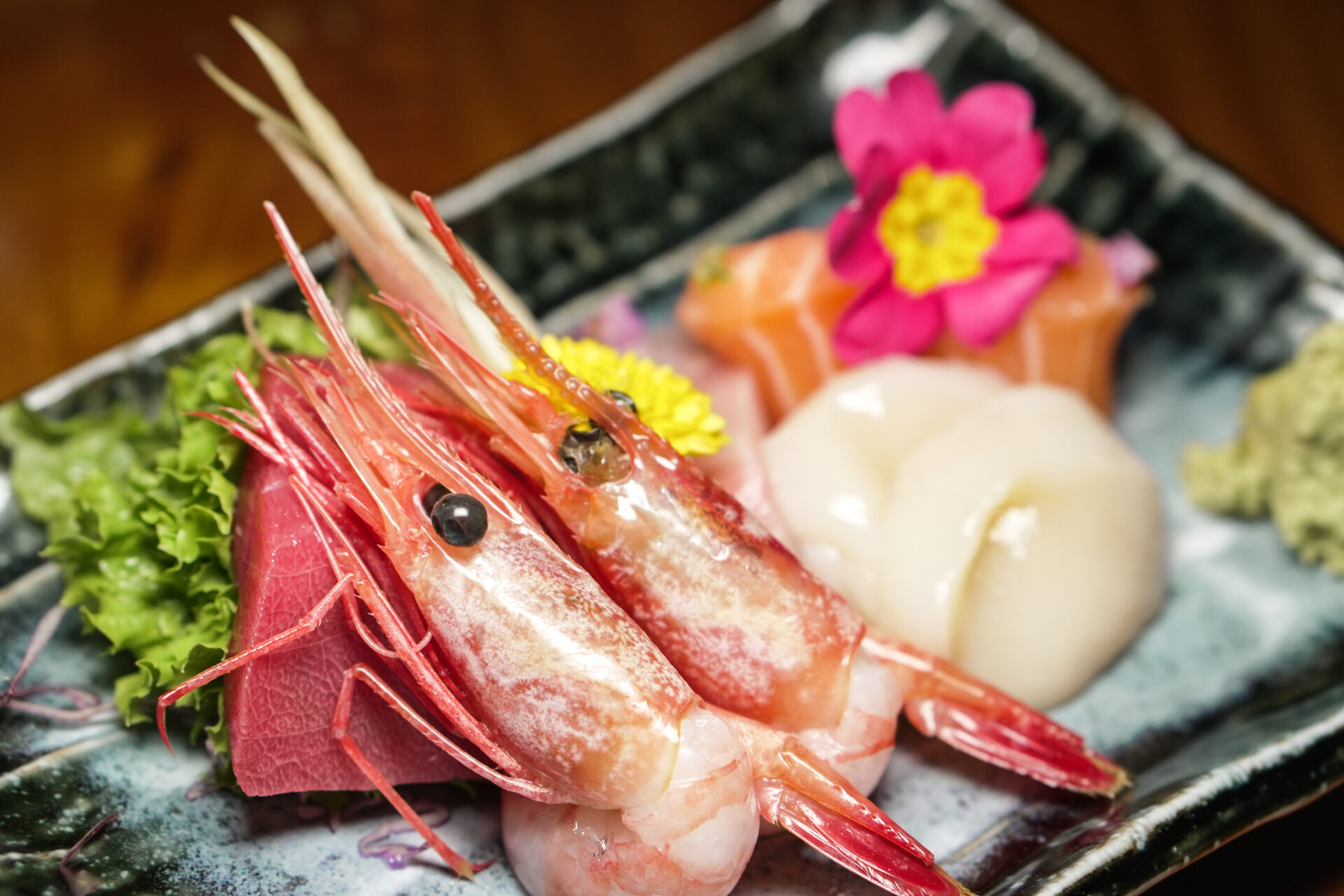
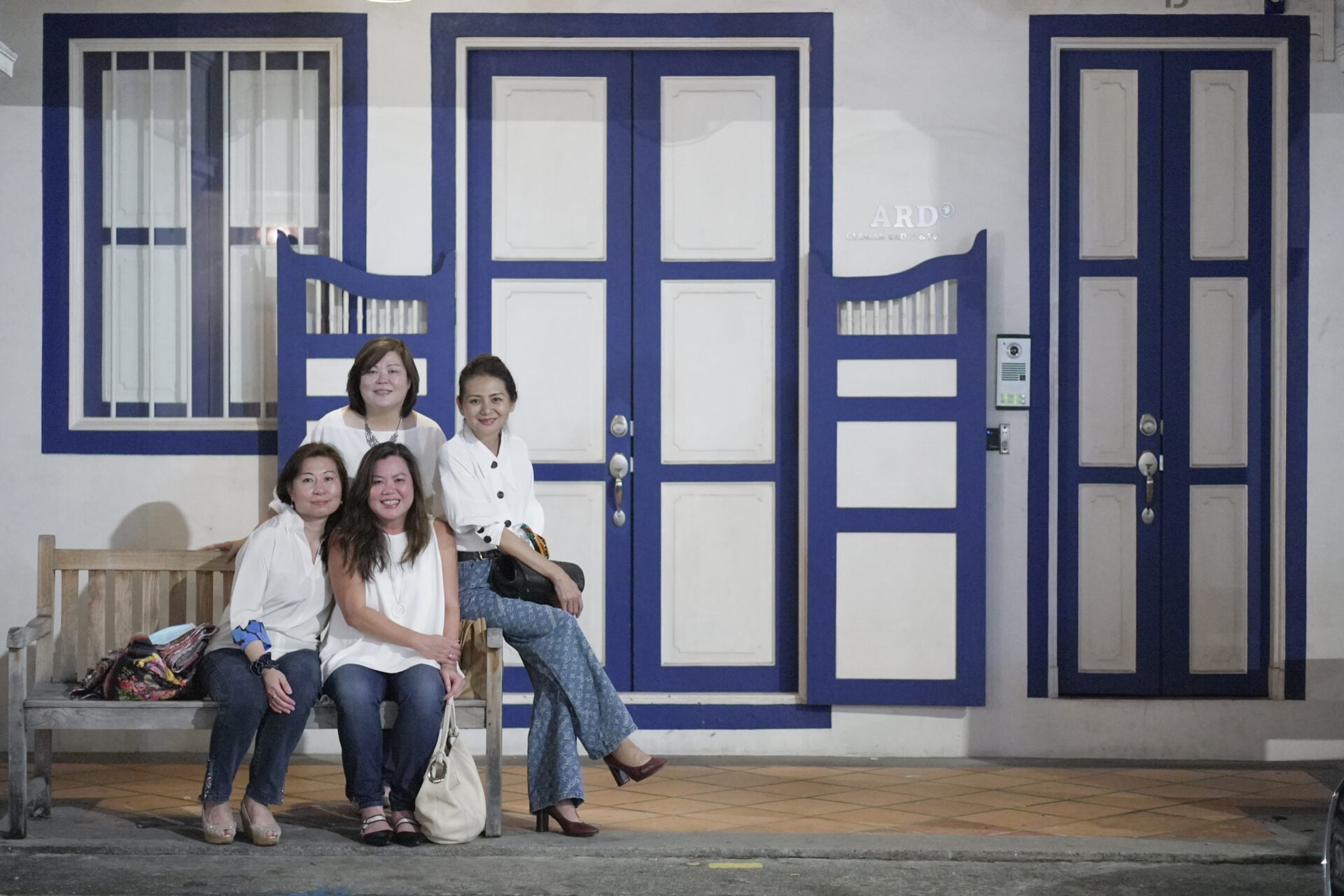
A lot still depends on how well the camera reads the white balance in a scene. During one occasion, the interior LED lighting of the chandeliers at Chijmes in Singapore tricked the camera to capture images with an off-yellow/reddish colour rather than the warm glow that I had expected.
The good news is that in most lighting conditions, the camera’s white balance settings are accurate. So remember to do a manual white balance calibration to account for the artificial lighting before any shoot.

Besides image quality, the Alpha 7 Mark IV has also improved in a number of other areas. The menu system is more logical and easily accessible than the previous model. That helps to set the camera faster for the shoot.
All the buttons and dials are quickly accessible with my right thumb as well. It also helps that the camera comes with customisable buttons so you can access various settings easily without the need to dive into a menu of options.
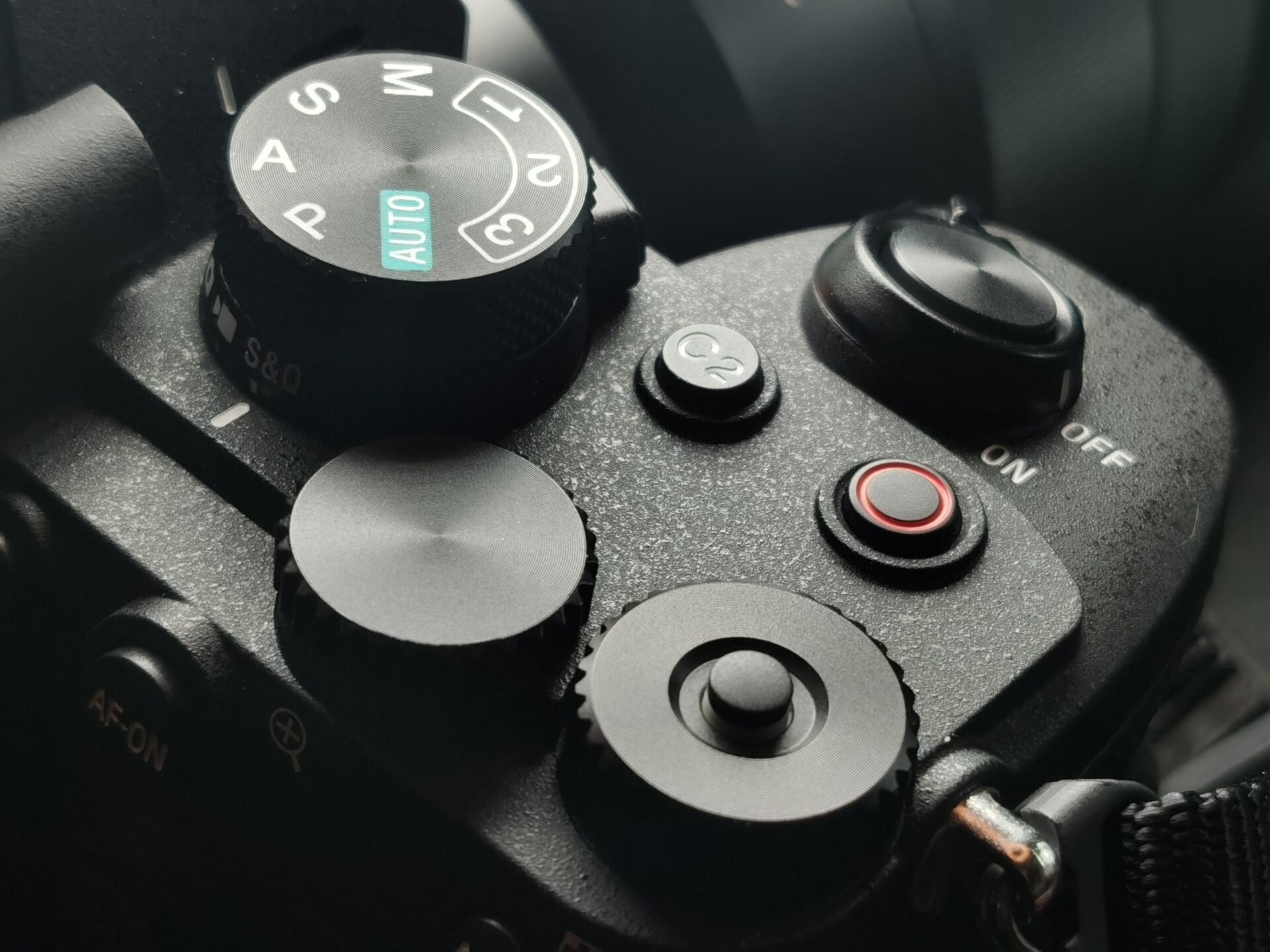
The camera itself has become beefier with a much better hand grip that makes the entire unit more balanced, especially when matched with larger and longer lenses.
The Alpha 7 Mark III has an impressive autofocus system as well. The new camera has some upgrades trickled down from the sports-centric Alpha 1 and Alpha 9 cameras, which is a good thing.
When you’re getting things into frame, the camera swiftly locks on to faces and eyes, ensuring that the subject is sharply focused on even when moving.
A quick tap on the touch-enabled rear screen will cause the camera to track the subject through the screen. This makes it effortless to get focus on this camera for human subjects.
The AF system with 759 focus points also includes tracking for animals and Birds. The hit rate, however, is not as consistent as tracking human faces and eyes.
Also, when I have set the camera to track the eyes of animals, it cannot track birds until I switch the AF system to ‘Bird’ AF mode. This area can certainly be improved and because it will be especially useful for wildlife photographers.
Speaking of that, the Alpha 7 Mark IV is handy too when it comes to shooting fast action. It can hit up to 10 frames per second (fps) when shooting with the compressed RAW file format.
Now, 10 fps may seem not seem that fast coming from a mirrorless camera, especially when compared to the Canon EOS R6’s 20 fps, but don’t forget that costs more (S$3,999 for the body, compared to the Sony’s S$3,599).

Full audio ports for recording and monitoring. PHOTO: Wilson Wong

Full-sized HDMI port for a more secure connection to an external monitor. PHOTO: Wilson Wong
When it comes to shooting videos, the Alpha 7 Mark IV has made several improvements that impress videographers. For starters, the rear screen can now swivel to the front, which is useful for shooting video logs.
Sony has also introduced a new feature called Breathing Compensation to eliminate the effect of the image being zoomed in or out when the camera is trying to achieve focus. Just take note that only a few lenses support the new feature.
The new camera has all the ports to make video taking that much easier. It sports a full-size HDMI port that makes sure the connection to the external monitor is secure. It also has two 3.5mm audio ports to plug in your microphone for better audio pickup and headphones to monitor your video’s audio recordings.
Sony also has improved the stabilisation system, affording the user 5.5 stop of vibration reduction, which is great for video taking without using a mechanical gimbal.

At last, there’s a vari-angle swivel rear screen that makes it easier to shoot vlogs. PHOTO: Wilson Wong
The main gripe is that the camera cannot record a 4K video at a higher frame rate without cropping the image size. This means I have to change the lenses to a 35mm lens just to maintain the same zoom distance.
The fastest the camera can record video clips under Slow & Quick mode is 100 fps at Full HD resolution or 50 fps at 4K resolution.
If you are looking for a camera that has better video functions, you should look elsewhere. That said, the Alpha 7 Mark IV should suffice for most users shooting home videos or using it as a B-roll camera.
Starting from S$3,599 for the body alone, the Sony Alpha 7 Mark IV is not a cheap camera for beginners. For that, they should consider the Sony Alpha 7C full-frame camera starting from S$2,499 or even the S$999 Sony ZV-E10 APS-C crop-sensor camera.
What the new camera offers is top-of-the-line AF performance without breaking the bank. With more third-party support from lens manufacturers such as Tamron, Sigma and even China-based companies such as 7Artisans and Venus Optics, this camera should meet the needs for most people for the next couple of years.
This is a capable hybrid camera that’s evolved for both photo and video. It is a worthy upgrade from the Alpha 7 Mark III.
